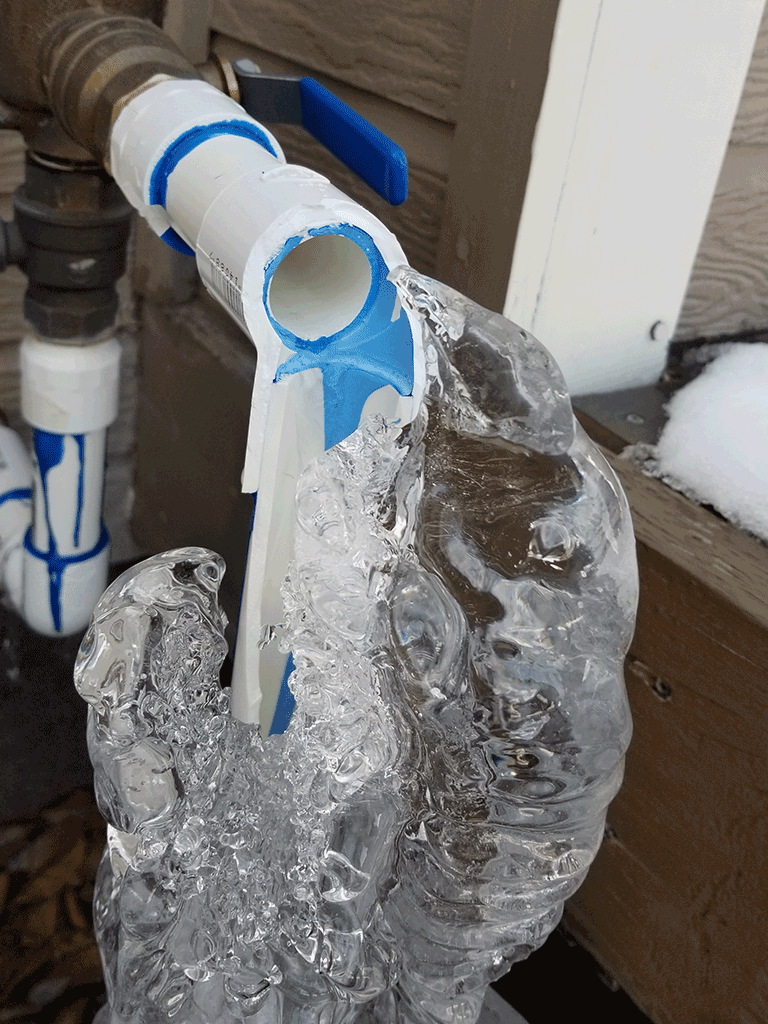Preventing Frozen Pipes in Winter: Professional Tips
Preventing Frozen Pipes in Winter: Professional Tips
Blog Article
On this page down the page you'll find a good deal of really good additional info around How to prepare your home plumbing for winter weather.

Winter can wreak havoc on your pipes, especially by freezing pipelines. Right here's how to prevent it from occurring and what to do if it does.
Introduction
As temperature levels drop, the danger of icy pipes rises, potentially bring about costly fixings and water damage. Recognizing how to avoid icy pipes is important for house owners in chilly climates.
Prevention Tips
Protecting at risk pipes
Cover pipes in insulation sleeves or make use of heat tape to secure them from freezing temperatures. Focus on pipes in unheated or exterior locations of the home.
Home heating strategies
Maintain interior spaces sufficiently warmed, especially locations with plumbing. Open cupboard doors to permit cozy air to flow around pipes under sinks.
How to determine icy pipelines
Seek decreased water flow from faucets, unusual odors or sounds from pipelines, and noticeable frost on exposed pipes.
Long-Term Solutions
Structural adjustments
Consider rerouting pipes far from outside wall surfaces or unheated locations. Include added insulation to attic rooms, basements, and crawl spaces.
Upgrading insulation
Buy high-grade insulation for pipes, attics, and wall surfaces. Appropriate insulation helps keep regular temperatures and lowers the danger of icy pipes.
Protecting Outside Pipes
Garden tubes and outdoor taps
Disconnect and drain garden hose pipes prior to winter season. Set up frost-proof faucets or cover outdoor faucets with insulated caps.
Comprehending Icy Pipelines
What causes pipes to freeze?
Pipes freeze when subjected to temperature levels below 32 ° F (0 ° C) for extended periods. As water inside the pipelines ices up, it broadens, putting pressure on the pipe wall surfaces and potentially triggering them to break.
Threats and damages
Frozen pipelines can bring about supply of water interruptions, property damage, and expensive repairs. Ruptured pipelines can flood homes and create extensive architectural damages.
Indications of Frozen Pipeline
Recognizing icy pipes early can prevent them from breaking.
What to Do If Your Pipelines Freeze
Immediate actions to take
If you suspect icy pipes, maintain faucets open to soothe pressure as the ice thaws. Utilize a hairdryer or towels soaked in warm water to thaw pipes gradually.
Conclusion
Protecting against frozen pipelines requires proactive procedures and quick actions. By understanding the causes, indicators, and preventive measures, house owners can protect their plumbing throughout cold weather.
5 Ways to Prevent Frozen Pipes
Drain Outdoor Faucets and Disconnect Hoses
First, close the shut-off valve that controls the flow of water in the pipe to your outdoor faucet. Then, head outside to disconnect and drain your hose and open the outdoor faucet to allow the water to completely drain out of the line. Turn off the faucet when done. Finally, head back to the shut-off valve and drain the remaining water inside the pipe into a bucket or container. Additionally, if you have a home irrigation system, you should consider hiring an expert to clear the system of water each year.
Insulate Pipes
One of the best and most cost-effective methods for preventing frozen water pipes is to wrap your pipes with insulation. This is especially important for areas in your home that aren’t exposed to heat, such as an attic. We suggest using foam sleeves, which can typically be found at your local hardware store.
Keep Heat Running at 65
Your pipes are located inside your walls, and the temperature there is much colder than the rest of the house. To prevent your pipes from freezing, The Insurance Information Institute suggests that you keep your home heated to at least 65 degrees, even when traveling. You may want to invest in smart devices that can keep an eye on the temperature in your home while you’re away.
Leave Water Dripping
Moving water — even a small trickle — can prevent ice from forming inside your pipes. When freezing temps are imminent, start a drip of water from all faucets that serve exposed pipes. Leaving a few faucets running will also help relieve pressure inside the pipes and help prevent a rupture if the water inside freezes.
Open Cupboard Doors
Warm your kitchen and bathroom pipes by opening cupboards and vanities. You should also leave your interior doors ajar to help warm air circulate evenly throughout your home.

I was introduced to that write-up about How To Avoid Freezing Pipes through a pal on our other web property. Enjoyed our blog posting? Please share it. Let somebody else locate it. I enjoy reading our article about How to prepare your home plumbing for winter weather.
Request Free Estimate Report this page